If you’re like me, you picture rain, mountains and pine trees when you think of Oregon. But that’s only 1/3 of the state. The rest is desert.
What?! Yes! To learn more about that unknown part of Oregon, go to the High Desert Museum. Part history and part living museum, you can see animals and birds of the High Desert region and learn about the history of the indigenous populations and settlers that colonized the west.
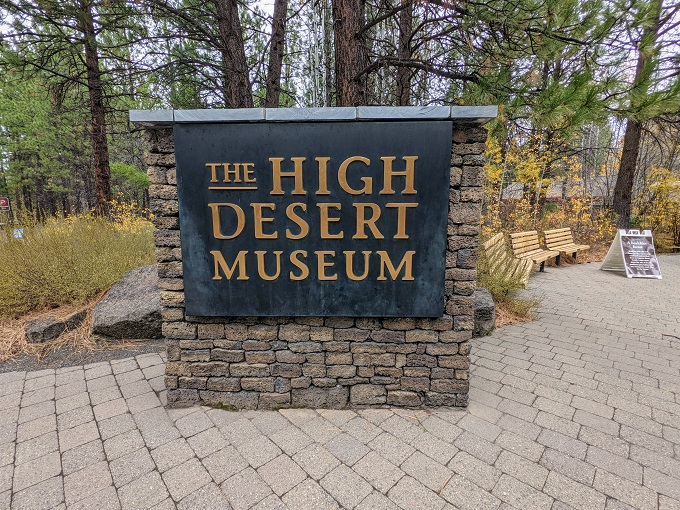
I didn’t think I was going to be able to see the museum at all since I was only 6 days out from my surgery and there was no way I could walk around there. However, I went on their website and found that not only are they incredibly accessible, but they offer wheelchairs to use for free on site!

It was perfect. Stephen pushed me around and I was able to get all the information I needed for my virtual field trip classes.
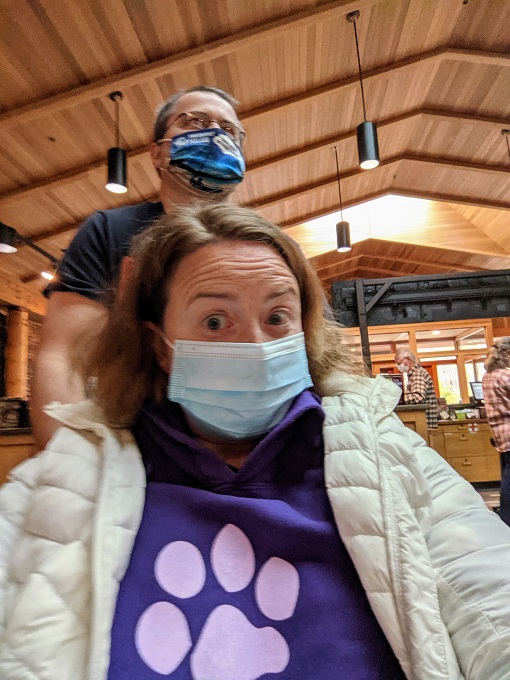
There’s too much to see and learn at the High Desert Museum to give you all of the details. You’ll therefore just have to go to check it out for yourself, but here are just some of the highlights.
When you walk in the first thing you see is a stage coach from the 1800s and a 1914 Ford Model T. The stage coach still has its original headliner, driver seat and cushions. It was known as a “mud wagon” since it didn’t have a door or windows; just leather flaps that unfurled over the openings.

There was an otter talk that started only 45 minutes after we arrived, so we made our way outside to see those exhibits first.
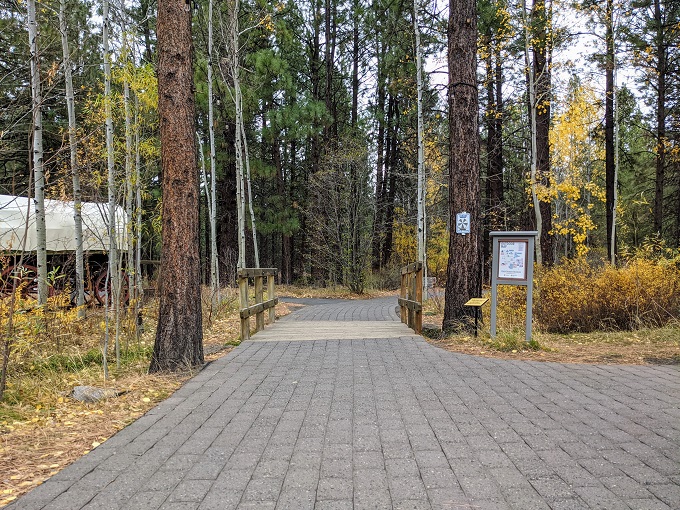
We started with the Birds of Prey exhibit. The museum has several injured and rescued birds and information boards explain how they arrived at the High Desert Museum and about their enclosures – specially designed for flightless birds. There’s a lot of really great information so you can learn even more about the nesting and hunting habits of these exceptional birds.
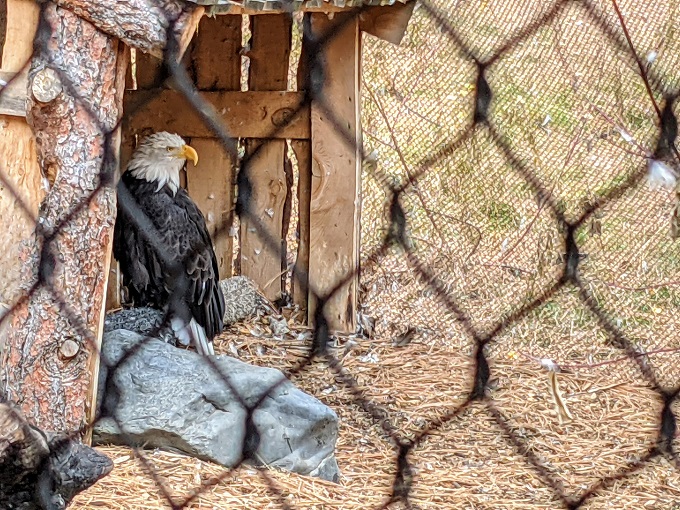
It was time for the talk at the otter enclosure which features river otters. I had the opportunity to swim with Small-clawed Asian Otters in Louisiana. The otters at the High Desert Museum were so much bigger!
A fun otter fact for you is that some otters have little folds in their skin under their arms where they store their favorite rocks. Those are sea otters though, so if you’re not sure if you’re seeing a river otter or a sea otter ask them to turn out their pockets! Want an interesting fact about these otters? They can run up to 15 miles per hour on land and sometimes catch birds that inadvertently land in their enclosure.

The final exhibit outside is a 1904 Miller Ranch and Sawmill. During the nicer months they have re-enactors sharing what life was like in 1904. The ground is packed dirt and pine needles, but you can still get a wheel chair around – it’s just harder.
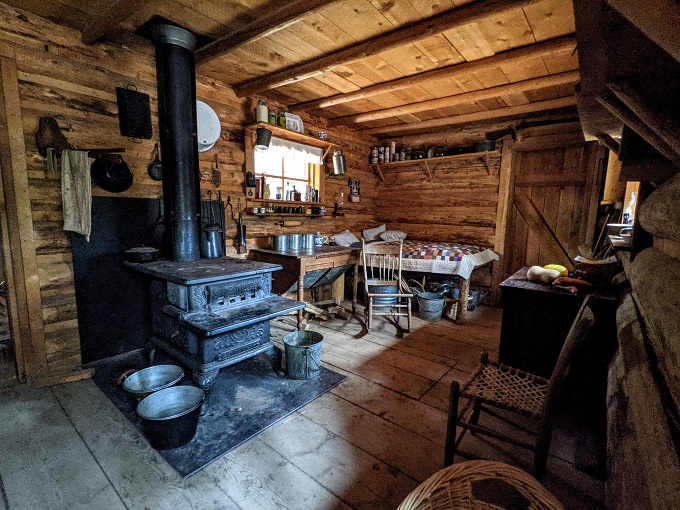
When you head inside you have a few exhibit options. We started with the Desertarium which includes more animals of the High Desert region including lizards, snakes, turtles, fish and burrowing owls. These owls were fast and adorably indignant.
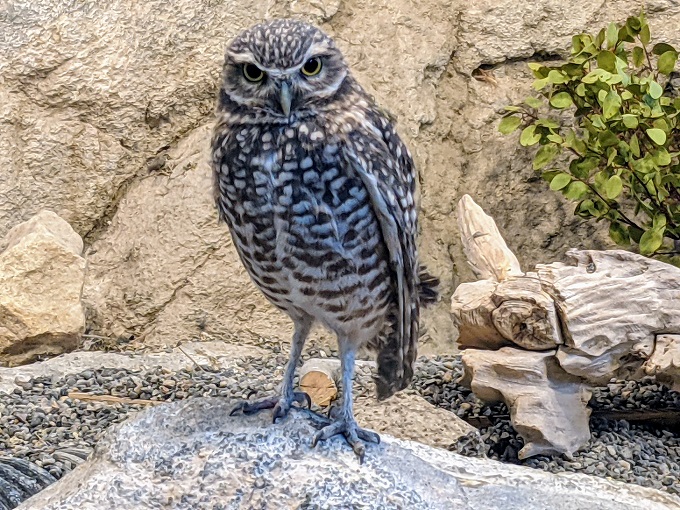
On the way towards other exhibits we passed by the porcupine enclosure.
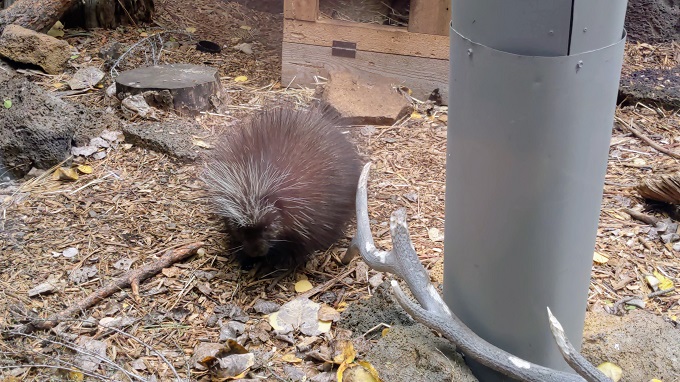
We then made our way to the Hall of Exploration and Settlement. This begins with information about the first people in the region and their modern indigenous descendants. Then you move through time covering the colonization of Oregon from the fur trade through the Oregon Trail and the earliest settlement towns which includes an interesting section about the importance of immigration from China.

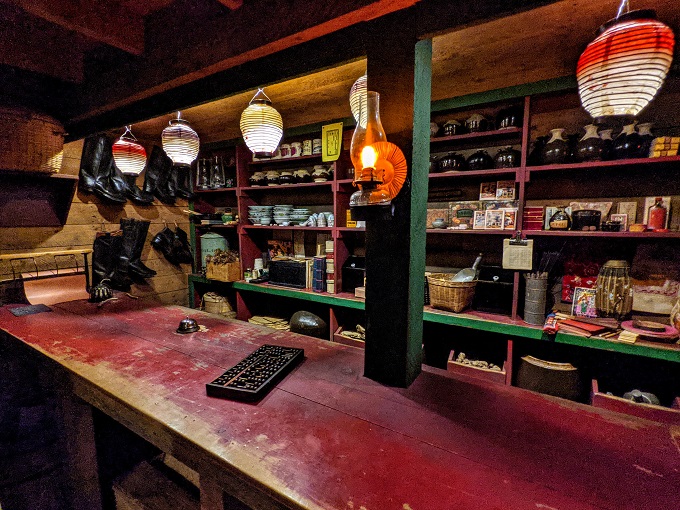
The final permanent exhibit we went through was about the Plateau Indians. This area shared the traditions of the indigenous people of the Columbia Plateau and how they maintain them today. It also includes the important history of the reservations the indigenous populations were forced on to and how it affected their families.
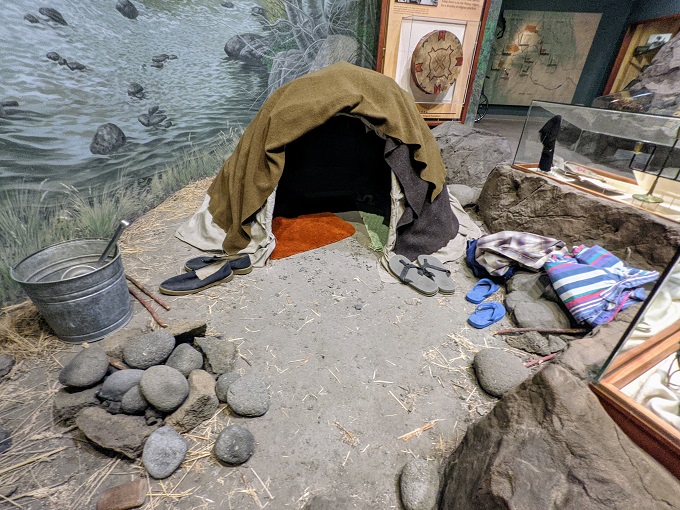
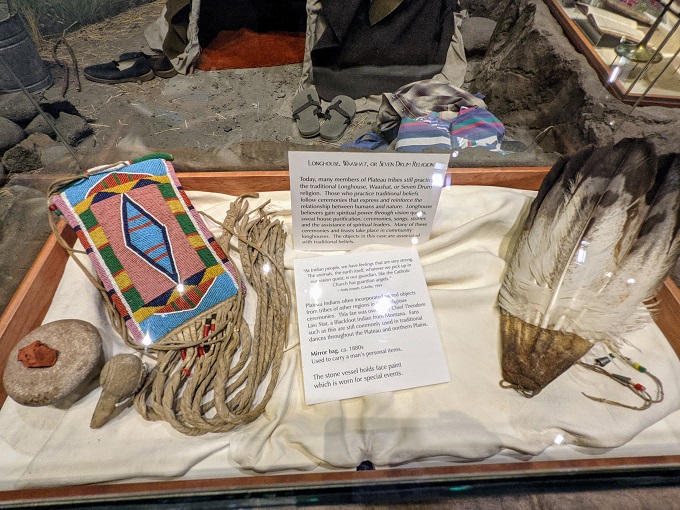
There was also a temporary exhibit that was really fascinating – a Smithsonian display about the inside of fish under x-ray. There were videos showing the way the different fish moved under the x-ray and many displayed images and information about how the process and images were achieved.
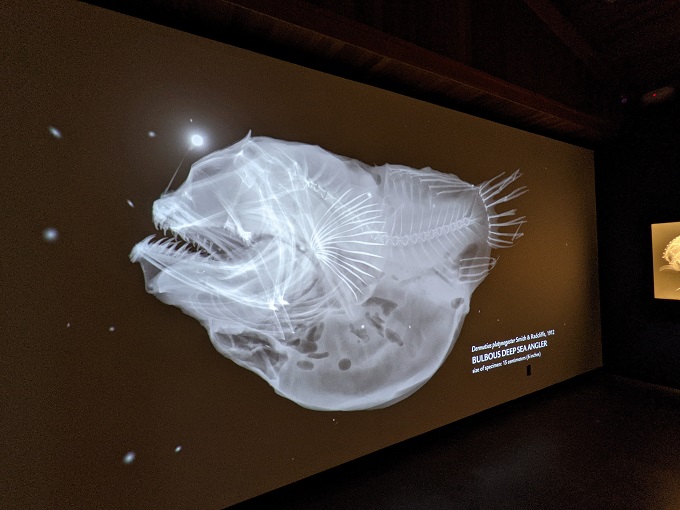
If you have a chance to visit the High Desert Museum while you’re in or near Bend, OR, I highly recommend it.
Address
High Desert Museum, 59800 US-97, Bend, OR 97702
[…] – This is a tough one as there isn’t really one specific activity which stands out. The High Desert Museum was a great museum in Bend, but Smith Rock State Park might edge it out for best paid activity. […]